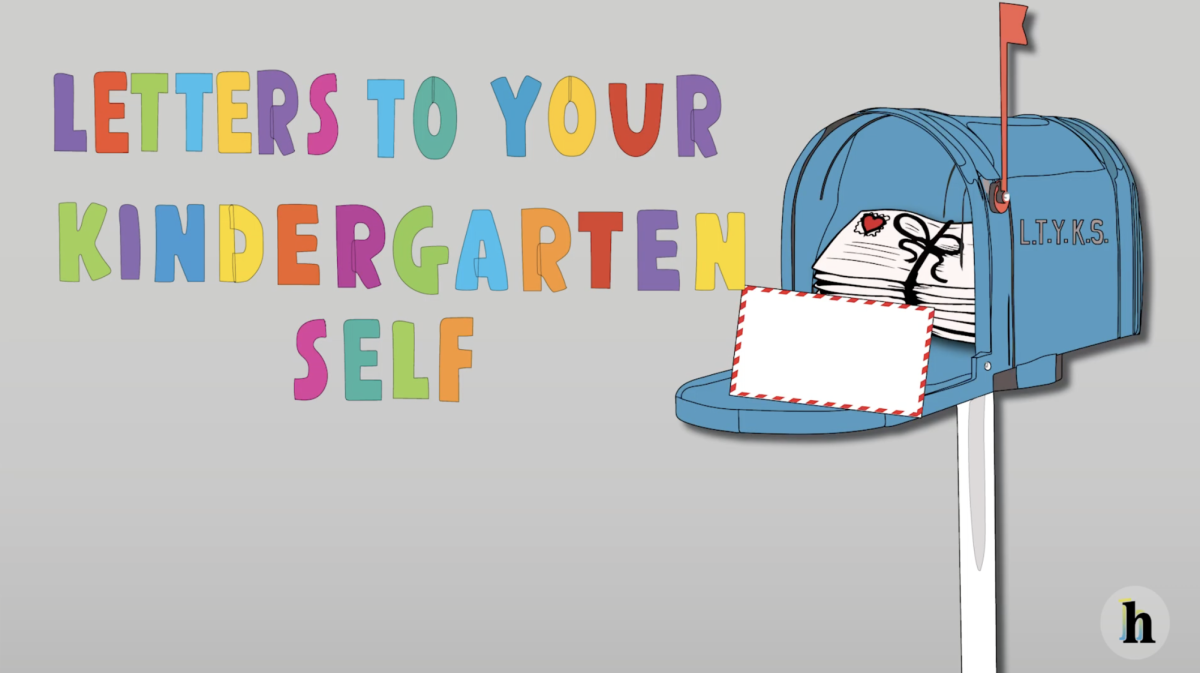World communications week is Nov. 1 to Nov. 7. According to the Pew Research Center, 70% of U.S. adults consume news from Facebook. Many students at this school also said they get the majority of news through social media, including junior Pari Batra.
“I think everyone has at least experienced some sort of fake news. I have had experiences with fake news multiple times and that’s just because not everything you see on social media is true even though it might seem like it is,” Batra said. “At the end of the day it’s just people like us who end up posting news and we can’t really fact check an unknown person unless if we start digging deep about a certain news, but that still doesn’t give us credibility on if everything that person posts is true or not because they might be posting some real news and some fake news.”

Sophomore Jazib Qureshi said he also shared this experience.
“As a consumer, I do have the option to fact check whatever information that I am being introduced to. But others may immediately believe what they see without proving that it is true, and share it.” Qureshi said. “When you see something suspicious on social media, everyone should fact check before they decide to share it.”
Communications Department Chair Teri Ramos said information that comes from social media is rarely reliable.
“I think that getting your information from social media is problematic because every social media platform uses an algorithm. It feeds you the same kind of information that you click on. It is like you are living in an echo chamber,” Ramos said. “You are not getting the other side of the stories; you aren’t seeing the full story and you will even see the same topics over and over again.”
For her part, Batra said she has methods to find out whether or not information is reliable.
“I usually first look at what other things the account has posted. From there, I will google what they posted or fact check it with other accounts on social media.” Batra said. “That way I can see different perspectives and both sides of the story.”
Ramos said she agrees with Batra.
Ramos said, “When a news source is sensational in any way, like it provokes a feeling in you such as outrage, that’s your first clue that it is not credible. You can go to websites like AllSides. You can come down to the library and get some books. You know there are a lot of different methods you can do to fact check your news,” Ramos said. “The school provides a subscription to the New York Times that you can also use.”

Despite the risks, freshman Sophie Tahir said that there are some pros to getting your information from social media.
“Some pros of getting news from social media is that it shows you stuff that you are interested in and caters to you. While this can be seen as a con, you get to see things you are interested in,” she said.
Batra has a similar opinion to this.
Batra said, “Some pros are that you get to know about almost every update of that certain topic because people update stuff on social media almost every minute so you can’t really ever be behind on news even if it’s just because you’re bored and scrolling, but eventually you will come across some news floating around.”
However, Qureshi said the cons of getting news from social media outweigh the pros.
“The cons is that if you don’t fact check your information then you can very much be exposed to lies and biased claims. Those claims can affect how you observe different topics whether it be a positive or negative,” he said.
Ramos said there are a lot of different sources students can go to instead of social media to find reliable news.
“You can go into our databases and search up some articles there. Magazines can also be super reliable, since the information is a lot more clear than some other online resource because it goes through an editing process,” she said. “On top of that, you can also go to your parents, your teachers and a lot of adults here in the media center who can help you out as well if you are looking to fact check or find some reliable news.”





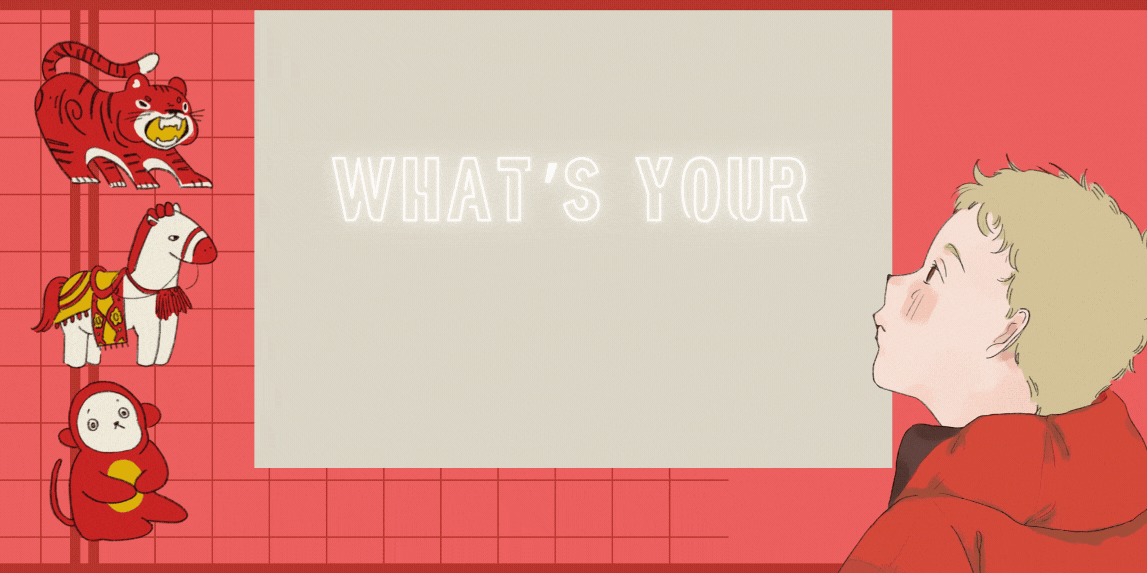










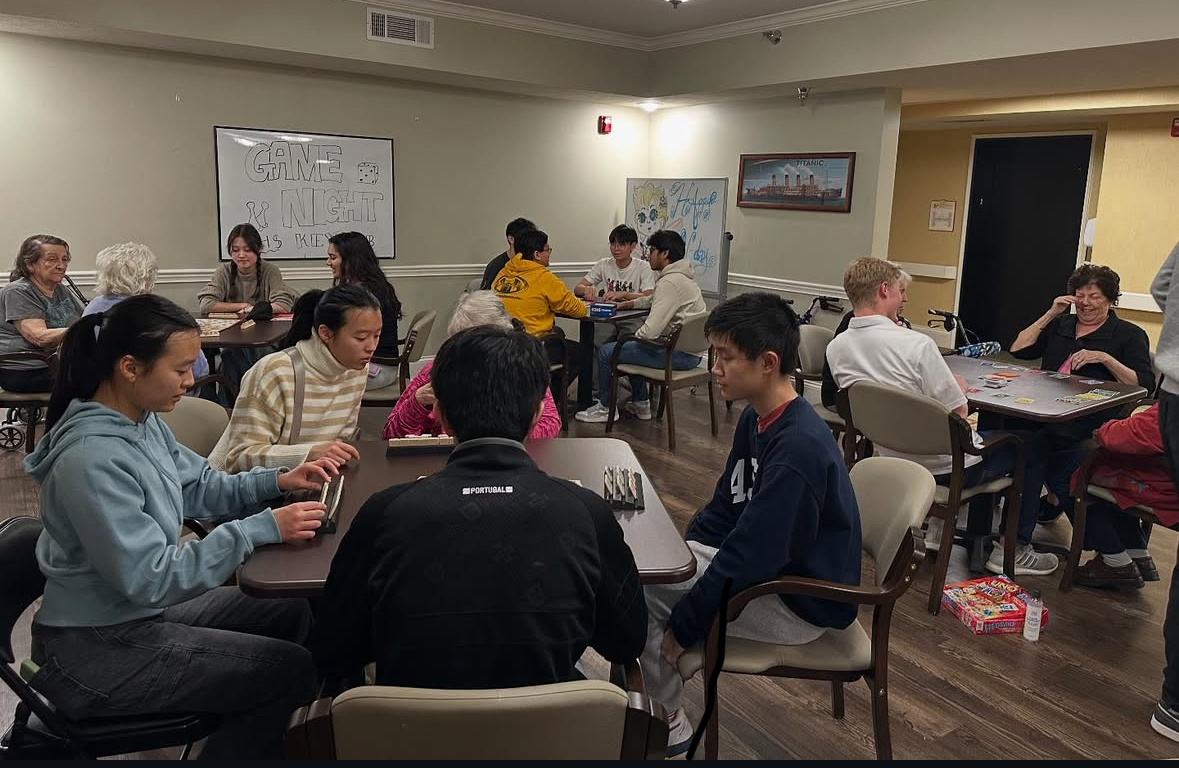

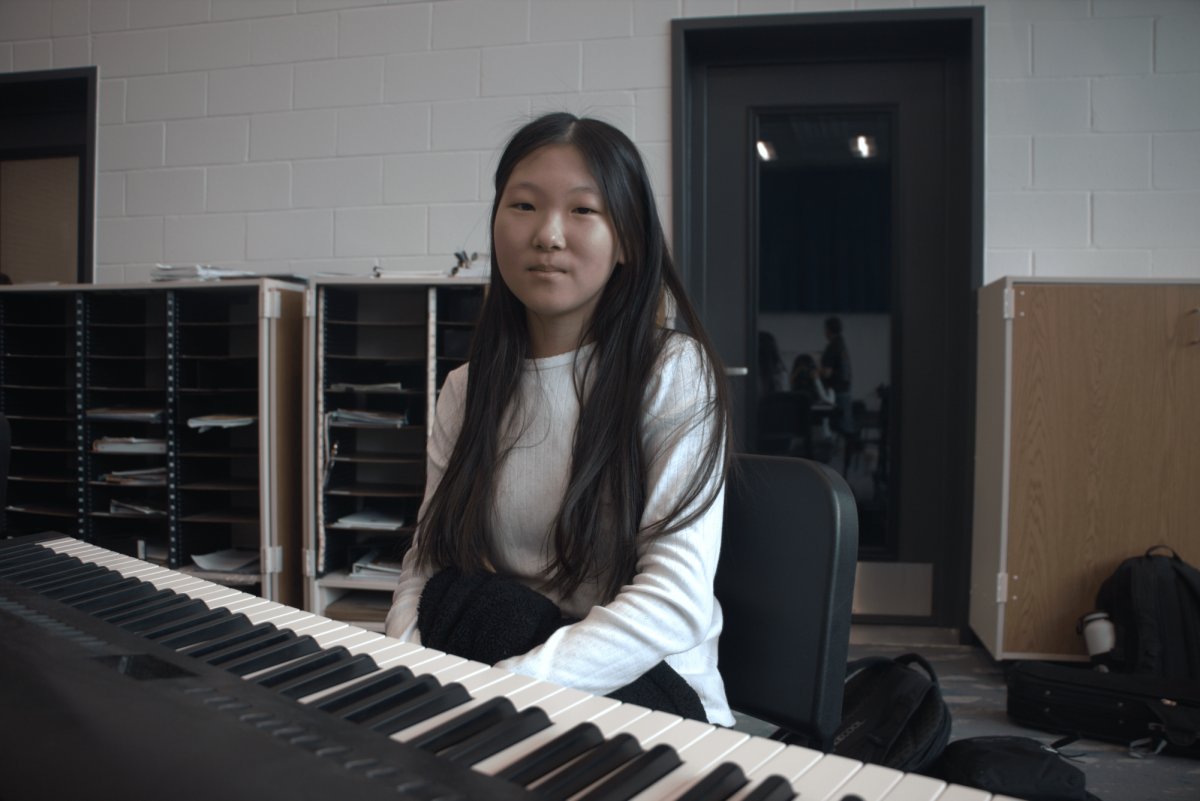


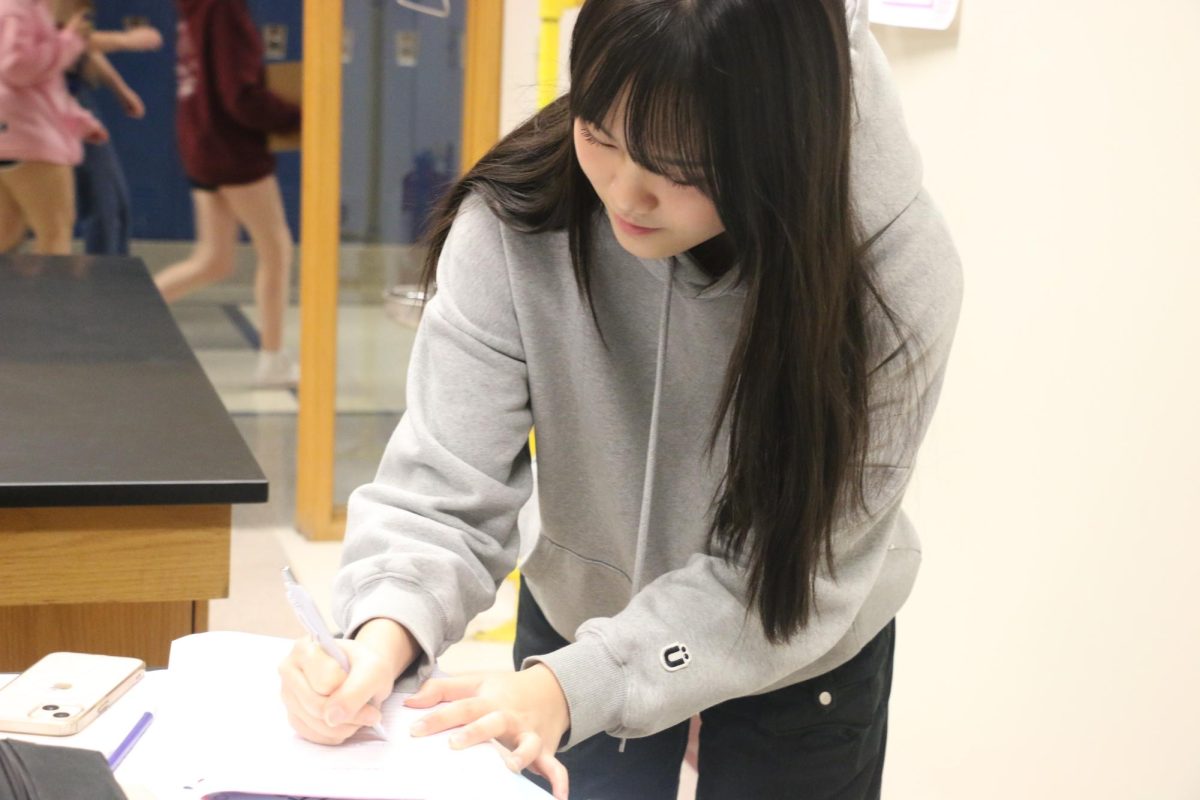











![AI in films like "The Brutalist" is convenient, but shouldn’t take priority [opinion]](https://hilite.org/wp-content/uploads/2025/02/catherine-cover-1200x471.jpg)
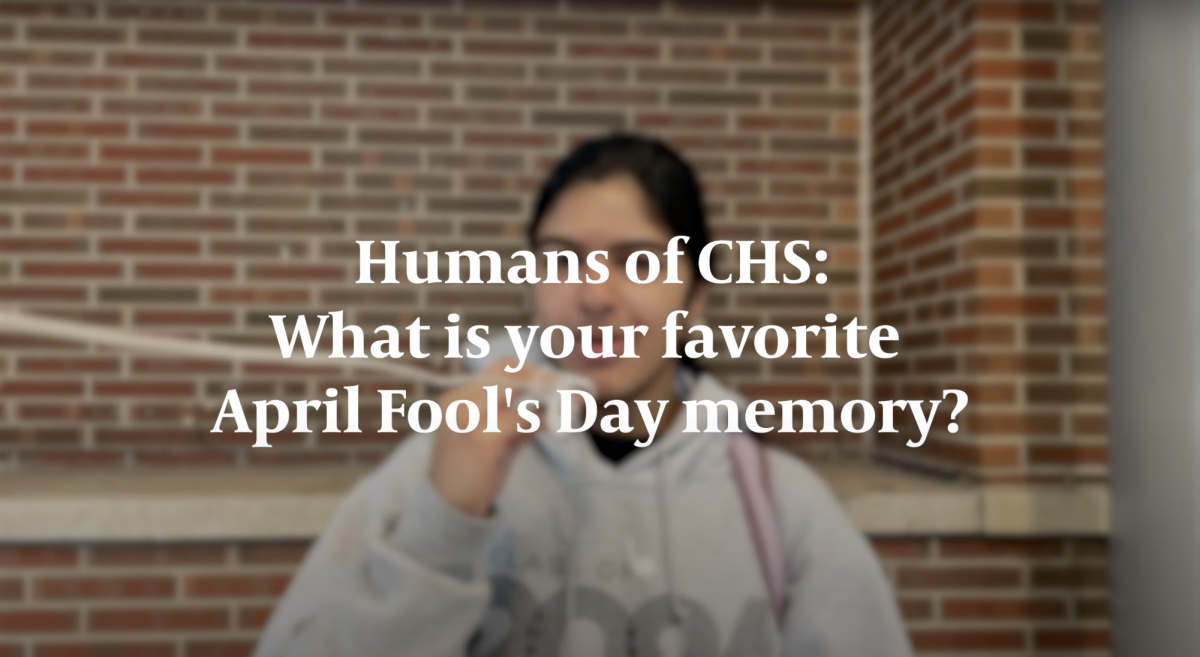















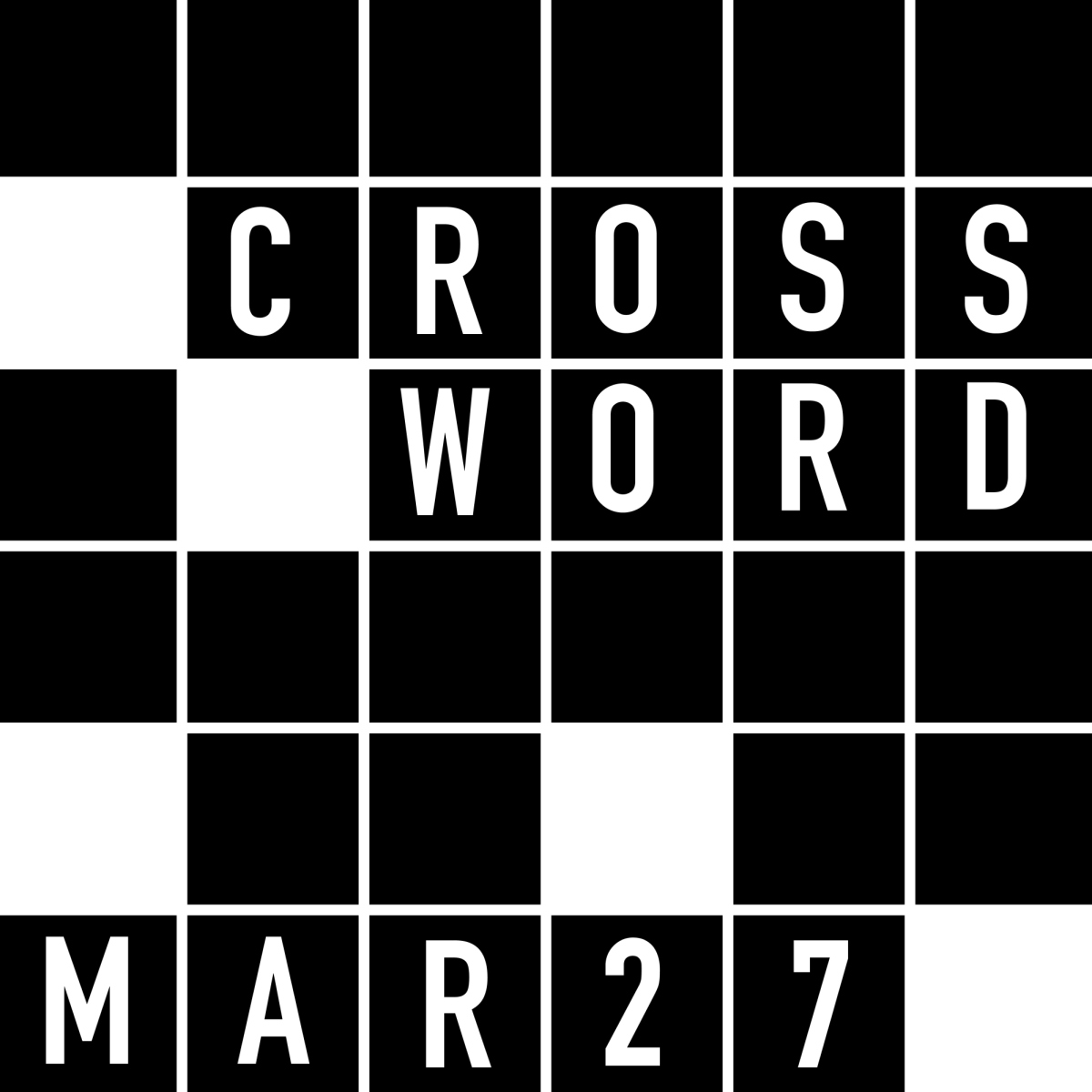



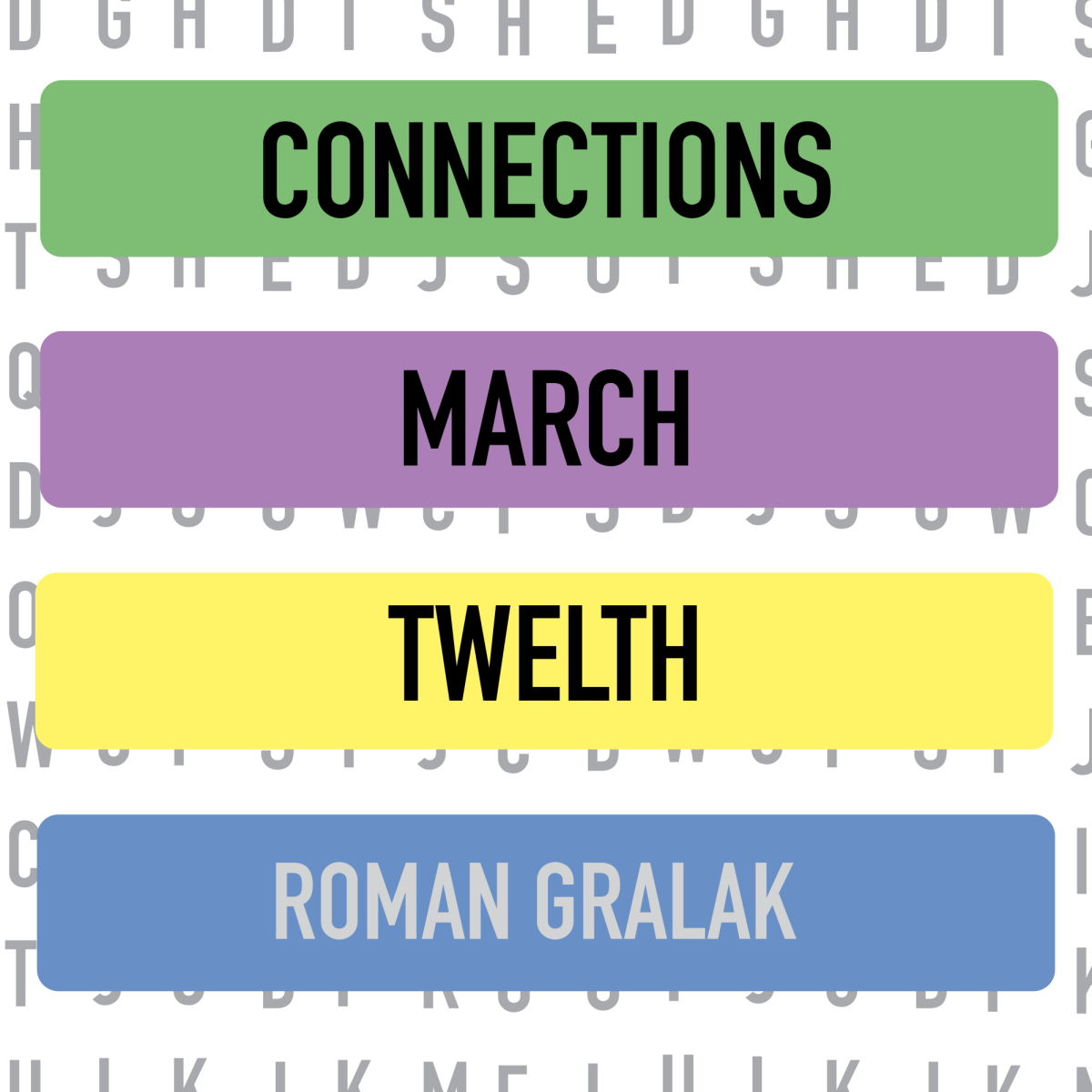





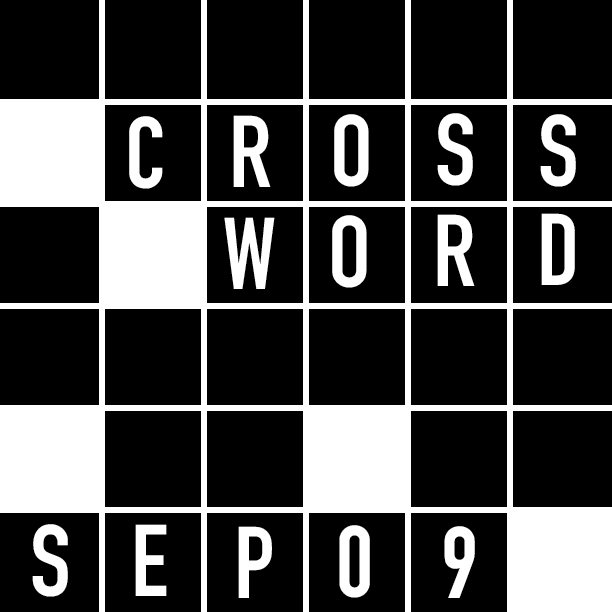





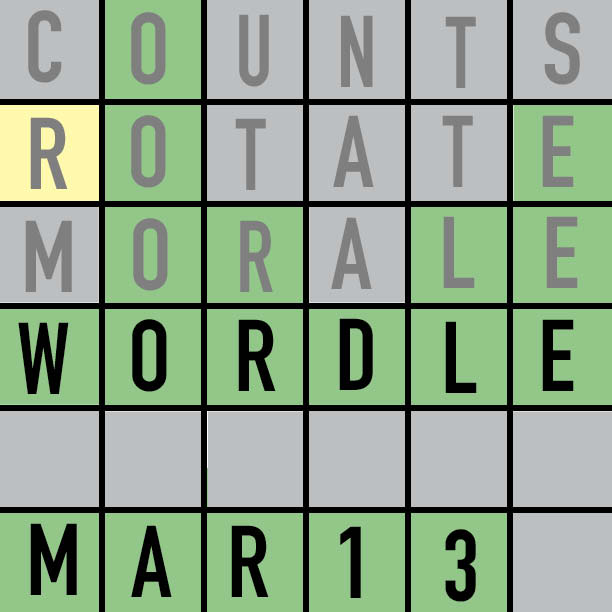








![Review: “The Immortal Soul Salvage Yard:” A criminally underrated poetry collection [MUSE]](https://hilite.org/wp-content/uploads/2025/03/71cju6TvqmL._AC_UF10001000_QL80_.jpg)
![Review: "Dog Man" is Unapologetically Chaotic [MUSE]](https://hilite.org/wp-content/uploads/2025/03/dogman-1200x700.jpg)
![Review: "Ne Zha 2": The WeChat family reunion I didn’t know I needed [MUSE]](https://hilite.org/wp-content/uploads/2025/03/unnamed-4.png)
![Review in Print: Maripaz Villar brings a delightfully unique style to the world of WEBTOON [MUSE]](https://hilite.org/wp-content/uploads/2023/12/maripazcover-1200x960.jpg)
![Review: “The Sword of Kaigen” is a masterpiece [MUSE]](https://hilite.org/wp-content/uploads/2023/11/Screenshot-2023-11-26-201051.png)
![Review: Gateron Oil Kings, great linear switches, okay price [MUSE]](https://hilite.org/wp-content/uploads/2023/11/Screenshot-2023-11-26-200553.png)
![Review: “A Haunting in Venice” is a significant improvement from other Agatha Christie adaptations [MUSE]](https://hilite.org/wp-content/uploads/2023/11/e7ee2938a6d422669771bce6d8088521.jpg)
![Review: A Thanksgiving story from elementary school, still just as interesting [MUSE]](https://hilite.org/wp-content/uploads/2023/11/Screenshot-2023-11-26-195514-987x1200.png)
![Review: "When I Fly Towards You", cute, uplifting youth drama [MUSE]](https://hilite.org/wp-content/uploads/2023/09/When-I-Fly-Towards-You-Chinese-drama.png)
![Postcards from Muse: Hawaii Travel Diary [MUSE]](https://hilite.org/wp-content/uploads/2023/09/My-project-1-1200x1200.jpg)
![Review: "Ladybug & Cat Noir: The Movie," departure from original show [MUSE]](https://hilite.org/wp-content/uploads/2023/09/Ladybug__Cat_Noir_-_The_Movie_poster.jpg)
![Review in Print: "Hidden Love" is the cute, uplifting drama everyone needs [MUSE]](https://hilite.org/wp-content/uploads/2023/09/hiddenlovecover-e1693597208225-1030x1200.png)
![Review in Print: "Heartstopper" is the heartwarming queer romance we all need [MUSE]](https://hilite.org/wp-content/uploads/2023/08/museheartstoppercover-1200x654.png)

